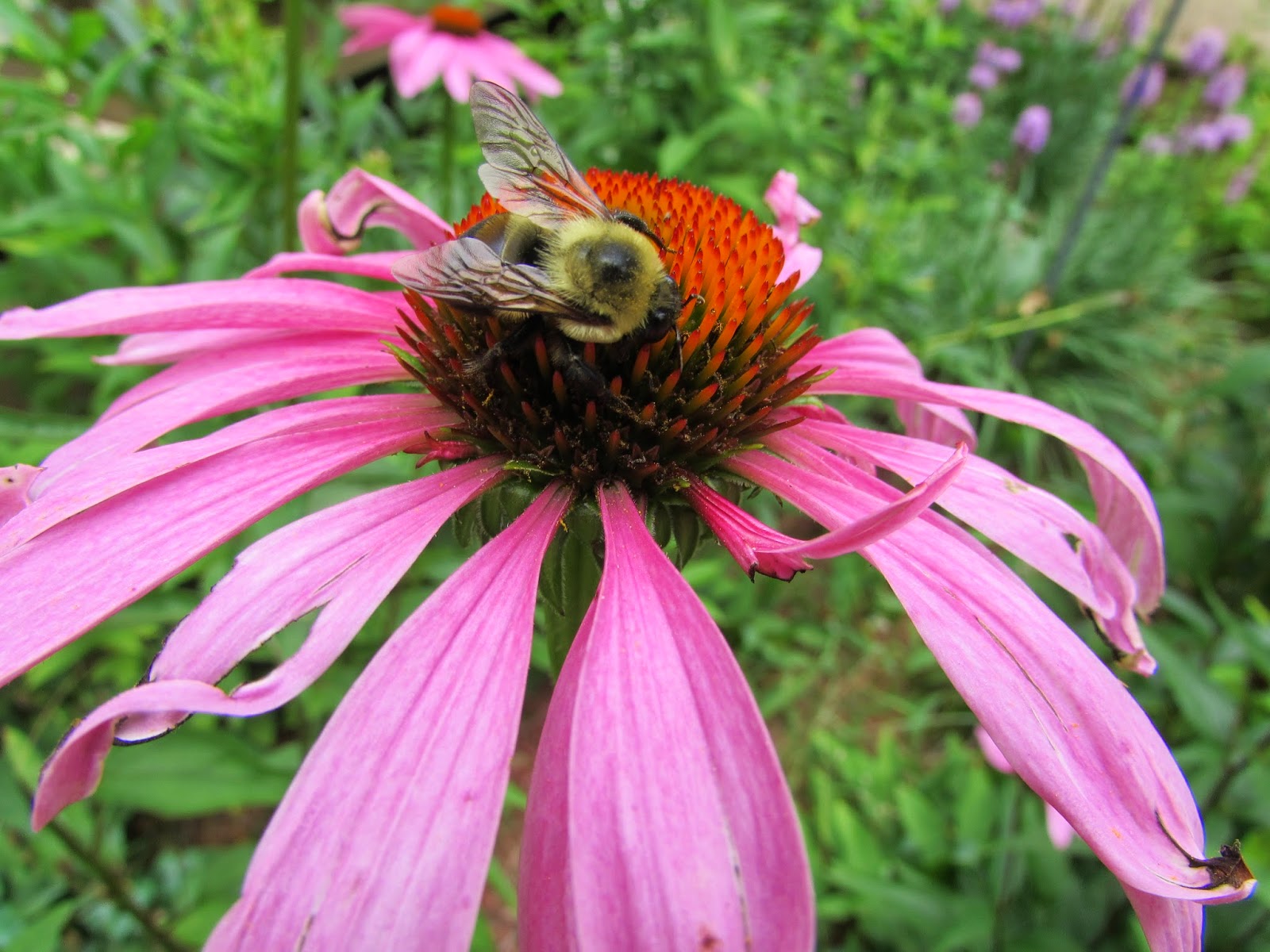Nature Note #120: Whale Watch

This was one of the best weekends I've had all year. Not only did I get to spend some quality time with my girlfriend, Alison, I also saw five life birds and went on a whale watch for the first time in nearly a decade. Despite the fact that I carried what I can only estimate as being a 20+ lb. backpack all day and was exhausted by the end of the day, it was still an amazing experience! We did the whale watch with the same company Alison had done so with her work colleagues the previous week. The company, called Dolphin Fleet, offered 3-4 hour cruises to the waters off of Race Point in Provincetown and to the southwestern section of Stellwagen Bank National Marine Sanctuary outside of Cape Cod Bay. We boarded at 10:00am and after a fifteen minute wait, we were backing out of the docks and into the harbor and beyond. As we past the breakwater, our naturalist pointed out the large flock of resting Double-crested Cormorants ( Phalacrocorax auritus ). She explained how their heavier b...


